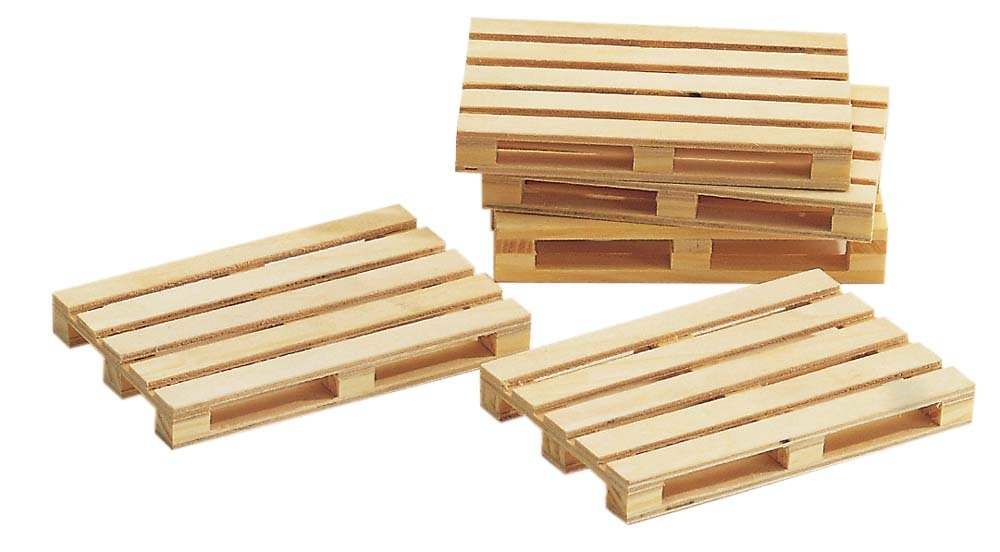Wood pellets are fuel made from compressed sawdust or other forest waste. This material was first used in Sweden in the 80s.
This was so convenient that wood pellets were soon used throughout Europe. Today, pellet boilers are very popular in European countries as they are economical, durable, autonomous, and efficient. The density of wood pellets is so high, and the low moisture content (less than 10%) allows burning pellets, obtaining the most efficient heat transfer.
The compact size of wood pellets makes automatic loading very convenient. Thanks to the compact packaging of wood pellets, storage and transportation over long distances are also accessible.
What are wooden Pellets made of?
The primary materials for the manufacture of fuel pellets are:
- sawdust, wood chips, bark, slabs of coniferous and deciduous wood species;
- peat;
- sunflower husks, rapeseed, straw of various grain crops, corn, husks, cake, and much more;
- charcoal;
- household waste.
The base binder is lignin, a natural polymer in almost any plant, which can be plasticized during granulation under a sufficiently high operating temperature.
Material advantages:
- This material is 100% wood.
- It does not cause allergies and does not emit toxic substances.
- Pellets can be used for solid fuel in ordinary stoves, fireplaces, or boilers.
- The material is made from wood waste, so prices for pellets are very affordable.
- Although fuel pellets burn well, they are less fire-hazardous than oil or gas. A bag of granules will not explode if hit by a spark.
- When burned, they do not pollute the air with harmful substances, as when using coal.
- The ash that remains after burning pellets can be used in everyday life as an excellent fertiliser for garden plants.
People use wood pellets as litter for pet litter boxes. This is a very convenient material as it “locks” the smell, does not stick to animals’ paws, and is safe for their health.
Pellets are used as absorbents for repair and emergency work. Granules perfectly absorb moisture or liquids like oil or technical fluid from the surface.
How do you distinguish high, premium-quality pellets from low-quality fuel?
When purchasing pellets, you need to pay attention to:
- The surface must be smooth and shiny, without signs of deformation (swelling and microcracks).
- The diameter ranges from 4.00 mm to 10 mm. Also standard are fuel pellets with a diameter of 6.00 and 8.00 mm. Note that a pellet boiler operates on pellets of a certain fraction.
- Length should be about 20.00 – 30.00 mm; this is the optimal value, although the equipment can work on pellets with a size of over 50.00 mm.
- The granules should have a slightly sweet smell of freshly prepared glue; this is a clear sign of excellent quality.
- The highest quality pellets are white or slightly cream-coloured, and agro pellets are predominantly dark. The dark colour in wood pellets indicates that bark and other impurities were added or wood species mixed.
- There should be a minimum amount of dust on pellets, so buying fuel in sealed packaging is better.
The pellet production consists of pressing waste previously dried to a specific moisture content and crushed to a given fraction under a pressure of about 300 atmospheres. The use of glue and other additives is prohibited.

